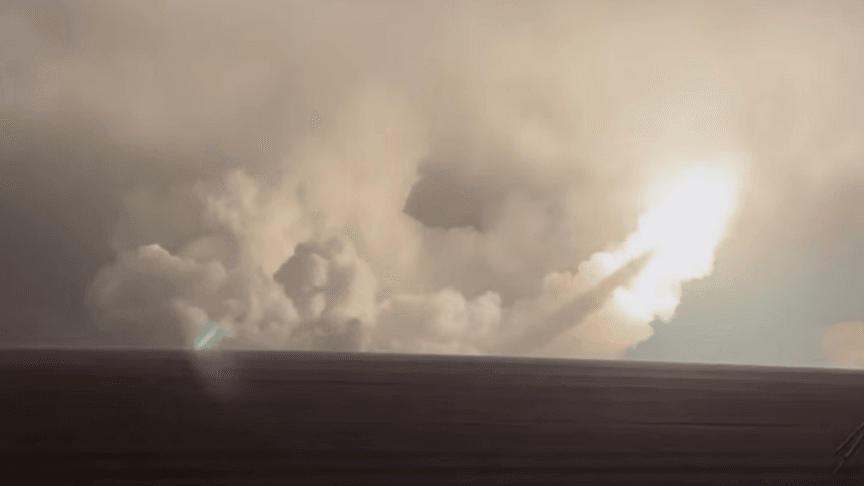General Staff confirms first use of domestic Flamingo missiles in overnight attacks on Russian assets

Ukraine's Defense Forces for the first time used domestically produced Flamingo missiles in overnight strikes on dozens of Russian targets in occupied territories and inside Russia, the General Staff of the Armed Forces reported.
Strike drones, jet drones and missiles of various types were employed. Last night saw launches of several long-range strike assets, including domestic developments: Flamingo and Bars missiles, and the Liutyi drone.
Hits were recorded on temporarily occupied Ukrainian Crimea at the Marine Oil Terminal petroleum storage enterprise, a helicopter parking area, and drone storage and preparation sites at the Kirovske airfield, and an air defense radar station near Yevpatoria.
In the temporarily occupied Zaporizhzhia Oblast, a fuel depot near Berdyansk was hit, along with forward command posts of the Russian 5th Combined Arms Army and 127th Motor Rifle Division.
Targets inside Russia were also struck. The extent of damage is being assessed.
The weapons used to inflict the blows
The Ukrainian long-range Flamingo missile has a range exceeding 3,000 kilometers. President Volodymyr Zelenskyy said mass production of Flamingo will begin in January-February 2026.
On September 1, the Militarnyi portal, citing sources in military circles, reported that Ukraine apparently used its new Flamingo missiles for the first time against Russian targets. They struck FSB facilities in temporarily occupied Crimea. However, the General Staff did not confirm the Flamingo missile strikes then.
The Ukrainian Bars missile has a range of about 700-800 km. BBC Ukraine, citing sources in government, reported that Bars is a private producer development, not state-owned. It belongs to the class of so-called cruise missile-drones, with its key advantage being the possibility of mass production in Ukraine.
Liutyi is a Ukrainian long-range kamikaze drone. It was developed in 2022 with an initial range of up to 1,000 kilometers, later increased to 2,000 kilometers.
- Share:
